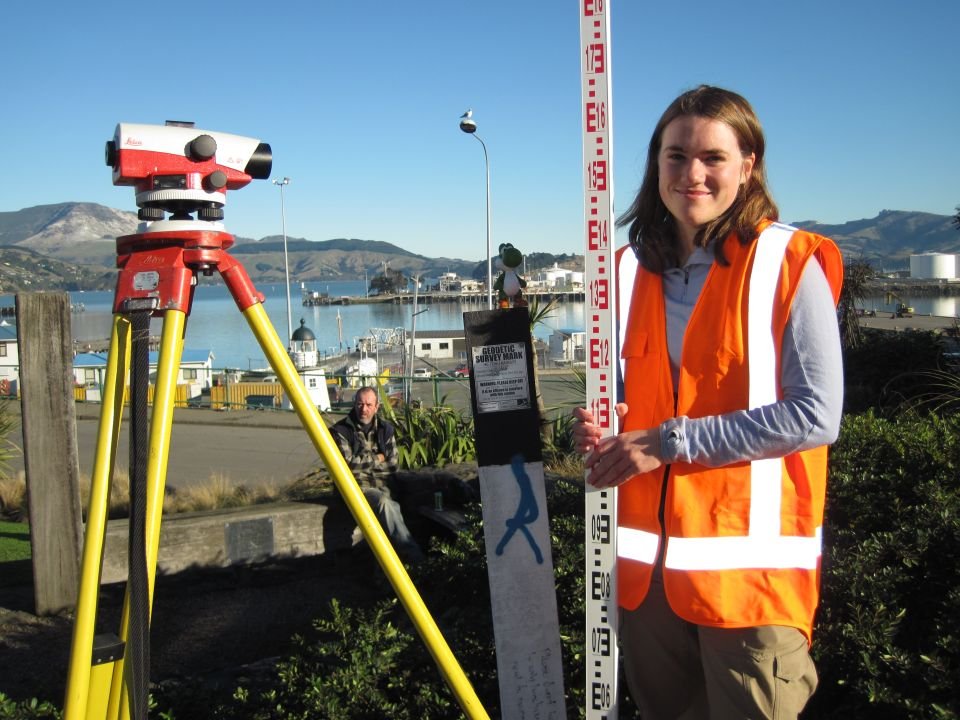When a construction project is completed, one of the most critical steps is ensuring that the final work aligns with planning permissions, architectural drawings, and regulatory standards. This is where an as built survey becomes essential. In New Zealand, these surveys serve not only as a technical record but also as a compliance document that supports both short-term verification and long-term property management.
An as built survey provides a comprehensive and accurate reflection of the completed construction—capturing the exact placement of structures, services, and features on a site. Unlike design or planning drawings that represent intended outcomes, an as built survey documents what has actually been built. This distinction makes a significant difference in the context of property boundaries, underground infrastructure, and legal compliance.
What Is an As Built Survey?
An as built survey—also referred to as a post-construction survey—is a detailed representation of all physical elements present on a property following the completion of construction. This includes buildings, utility lines, drainage systems, driveways, fences, kerbs, and other structural or civil components.
These surveys are prepared by licensed surveyors using precise measuring equipment and geospatial tools. The result is a set of plans or digital files that show the exact locations and dimensions of features as they exist on the ground. This information can then be submitted to local councils, project managers, or property owners as part of compliance and documentation processes.
Why Are As Built Surveys Crucial in Construction Projects?
The role of an as built survey extends well beyond simply recording what was constructed. It plays a fundamental part in project closure, legal compliance, and long-term asset management. In the context of New Zealand’s building standards and environmental regulations, having a detailed post-construction record is not just helpful—it’s often mandatory.
Compliance and Certification
In many districts across New Zealand, obtaining a Code Compliance Certificate (CCC) requires submission of as built documentation. Councils use this information to verify that all work aligns with the approved consent documents. If discrepancies are found, the CCC may be delayed or denied until issues are resolved.
Legal Accuracy and Boundary Clarity
Property boundaries are sensitive issues, particularly in urban environments or when subdividing land. As built surveys help confirm that structures are not encroaching on neighbouring properties or violating zoning regulations. This reduces the risk of boundary disputes and helps establish legal clarity for ownership and development rights.
Utility and Infrastructure Mapping
Knowing the exact location of underground utilities such as water pipes, stormwater drains, electrical conduits, and telecommunications lines is critical for future development, repairs, or renovations. An as built survey maps these elements with precision, supporting safer and more efficient future construction or maintenance work.
Documenting Variations from Design
It is common for small changes to occur during the construction phase due to on-site conditions, material availability, or adjustments in planning. An as built survey captures these variations in a formal and traceable manner. This becomes especially important when evaluating project performance, validating contractor work, or preparing for future expansions.
Key Components of an As Built Survey
A high-quality as built survey in New Zealand typically includes a combination of the following components:
- Structural Details: Locations, dimensions, and elevations of buildings, retaining walls, garages, decks, and driveways.
- Service Networks: Mapping of underground and above-ground services like sewer, water, stormwater, gas, and electricity.
- Topographical Features: Contours, slopes, and elevations relevant to drainage and land management.
- Boundary Data: Confirmation of structure placement in relation to legal property lines.
- Datum and Coordinates: Survey references based on local or national coordinate systems to maintain consistency with official land records.
This detailed data set allows engineers, planners, property owners, and council inspectors to assess the integrity and compliance of the completed work.
When Should an As Built Survey Be Conducted?
Timing is a critical factor when planning an as built survey. Ideally, it should be carried out once all construction activities, including service installations and any associated earthworks, have been completed. However, it’s important not to delay the process too long, as landscaping or weather changes can obscure features that need to be documented.
The survey should also be coordinated with the project’s final inspection or compliance reporting phase, so the data can be submitted alongside other close-out documentation. This ensures that all stakeholders have access to current and accurate information during the certification process.
Choosing the Right Surveying Partner
Given the precision required, engaging a qualified and experienced surveyor is essential. Firms that specialise in construction and infrastructure surveying are better equipped to handle the complexities of post-construction data gathering and council submission standards.
For those working on projects in New Zealand, Procerto’s as built survey services offer expert-level documentation tailored to meet local regulatory needs. Choosing a partner with regional knowledge can help streamline compliance and improve the overall quality of project records.
Final Thoughts
An as built survey is a foundational element of modern construction project delivery. It ensures that the physical outcome of a project is accurately recorded, legally compliant, and ready for future development or audit. In New Zealand, where planning rules and environmental factors demand precision, these surveys are not just an afterthought—they are a necessity.
From confirming boundary lines to mapping hidden services, the value of an as built survey lies in its ability to protect both current investments and future planning decisions. Whether you’re wrapping up a residential build or finalising a large infrastructure project, incorporating a detailed as built survey is a wise and often required step.
